How to Start Your Own Book Blog/Vlog: Tips for Young Adults

There’s a wealth of fantastic book blogs and vlogs out there, but what’s missing is your unique perspective, especially when it comes to YA literature. We’re eager to hear from you, the young adults with a passion for books and a voice ready to be heard.
Starting a book blog or vlog is an exciting and fulfilling way to express your love for reading. Whether you’re interested in writing detailed reviews or creating engaging video content, it’s time to take the plunge and get started!
What is a Blog?
A blog is simply a website where you can regularly post content on a particular topic—in this case, books. The whole idea may seem daunting, but like anything in life, you just need to take that first step. It’s far easier than you think, and incredibly fun and rewarding.
What is a Vlog?
A vlog (video blog) is similar to a blog, but instead of written content, you create video content. Vlogging is a great way to connect with an audience through your personality and visual storytelling. We are personally great fans of vlogs – perhaps it’s all of those unboxing videos.
The Social Media Aspect: Bookstagram, BookTok, and BookTube
Bookstagram: Visual Storytelling through Instagram
Bookstagram is a niche within Instagram dedicated to book lovers. Here, users share stunning photos of their books, often accompanied by thoughtful captions and reviews. It’s all about aesthetics and engaging visuals, making it perfect for those who love photography and creative expression.
BookTok: Short-Form Video Content on TikTok
BookTok is a community on TikTok where users create short, dynamic videos about books. This can include quick reviews, book recommendations, and even creative skits. The fast-paced nature of TikTok makes it ideal for sharing bite-sized content that can go viral quickly.
BookTube: Long-Form Video Content on YouTube
BookTube refers to YouTube channels focused on books. Here, creators upload longer videos, such as detailed reviews, book hauls, and discussion panels. It’s an excellent platform for those who enjoy in-depth analysis and want to engage with their audience through comprehensive content.

Step-by-Step Guide to Starting a Book Blog
1. Define Your Niche
Before you start your blog, it’s crucial to define your niche. Think of it as your unique angle, your specialty. Whether it’s young adult literature in general or a specific genre like romance, fantasy, or nonfiction, your niche sets you apart. It’s not just about focusing your content creation, but also about finding your fans, your dedicated audience who share your interests.
First, you now have a focus area for your content creation. Second, having a niche makes it a lot easier to identify your target audience. Defined niches will go a long way toward helping you attract a dedicated audience interested in the same topics.
2. Choose a Blogging Platform
Deciding where to create your blog depends on the kind of content you envision. Platforms like Blogger and Wix offer user-friendly tools and templates to get your website running quickly, which is ideal for longer written posts. However, consider Instagram or TikTok if your content is more visual and targets a younger audience. Social media platforms can be immensely powerful for reaching a broad audience, especially with visually engaging content.
3. Pick a Memorable Name
Picking a memorable name is so much fun. Make sure it reflects your personality and the type of content you’ll be posting! And lastly, ensure it’s easy to remember and spell.
4. Design Your Blog
Designing your blog is easy using a platform like WIX, as they have many designs. We recommend choosing a clean, visually appealing design. Your blog should be easy to navigate, with clear categories for book reviews, author interviews, and other content. Remember to keep your fonts, colors, and images consistent across your blog and social media platforms; it all forms part of your personal brand.
Additionally, Canva offers many free templates for creating fun and engaging social media graphics. These templates can help you maintain a cohesive aesthetic across all your platforms, enhance your brand identity, and make your posts more visually appealing.
5. Create Quality Content
Now, it’s time to create exciting, quality content. You can start by posting book reviews, reading lists, and literary discussions. Remember, high-quality, engaging content is key to attracting and retaining readers. Share your posts on Bookstagram to reach a wider audience.
6. Upload Consistently
Consistency is key in blogging – you don’t want to ghost your audience. If you’re going to post one blog a month, that’s great, but be consistent.
7. Promote Your Blog
No one will know about your incredible content unless you promote your blog. Share your posts on social media, join book-related forums, and engage with other bloggers. Networking is a crucial part of growing your blog audience. Enlist all your friends and family members, and ask them to like, comment, and share your content. Use Bookstagram to share visually appealing snippets of your blog posts.

Step-by-Step Guide to Starting a Book Vlog
1. Define Your Vlogging Niche
Like blogging, you must decide what type of books you want to focus on in your vlogs. This will help you attract viewers with similar interests.
2. Choose the Right Equipment
This is the part that often prevents people from vlogging. Relax—you don’t need professional gear to start! A smartphone with a good camera, a tripod, and essential lighting is perfect for beginners.
3. Plan Your Content
We all like to wing it, and there is nothing wrong with spontaneous posts, but you’re going to want to create an engaging and interesting vlog, and preparation is key. Before filming, create an outline of what you want to talk about. This could include book reviews, hauls, reading challenges, and more. Planning helps keep your videos focused and engaging.
Look for inspiration on BookTok and BookTube! Pay attention to trends on these platforms and hop on them while they’re popular to help boost your views. Trending topics can include popular book challenges, themed reading lists, or viral book-related hashtags. Keeping up with these trends will keep your content relevant and attract more viewers who follow the same trends.
4. Learn Basic Video Editing
Many free video editing software options, such as iMovie or DaVinci Resolve, are available. Learning basic editing skills will help make your vlogs look polished and professional. YouTube has many great tutorials, and you can find quick tips on BookTok.
If you’re editing content on your phone, apps like CapCut and InShot are also excellent. These apps offer user-friendly interfaces and powerful editing tools to enhance your videos. You can also look up fun and popular “transitions” on TikTok to make your videos more dynamic and engaging. These resources will help you create professional-looking content that stands out.
5. Upload Consistently
Just like blogging, consistency is key. You must decide on a posting schedule and stick to it, whether it’s once a week or bi-weekly.
6. Engage with Your Audience
Engaging with your audience is crucial to building a relationship with them – think of it as building a community. Ensure you always reply to comments, ask your viewers questions, and encourage them to share your videos. Engage with other creators on BookTube to expand your reach.

Content Ideas for Your Blog and Vlog
Book Reviews: Share your thoughts on the latest books you’ve read. Post a summary on Bookstagram and link back to your blog or vlog.
Author Interviews: Connect with authors and feature interviews on your blog or vlog. Share snippets on BookTok and Bookstagram to attract interest.
Reading Challenges: Start a reading challenge and invite your audience to join. Promote it on Bookstagram, BookTok, and BookTube for maximum reach.
Book Hauls: Show off your latest book purchases and explain why you’re excited to read them. (Our monthly subscription boxes are just the thing!) Share your haul videos on BookTube and quick clips on BookTok.
Discussion Posts/Videos: Discuss popular book trends, genres, and themes. Use Bookstagram for teaser posts and BookTube for full discussions.
Content creation is so much fun, but keep it focused. Creating a content calendar is the best way to stay focused and on track. This way, you can plan your monthly content, and a simple spreadsheet will do. Your columns should, at a minimum, include the date you’re going to post, your blog/vlog title, a description, and hashtags. Next, you will want to add columns to track your engagement rates and quickly identify which content resonates with your followers!
Extra Tips for Beginners
SEO Basics: Learn about Search Engine Optimization (SEO) to help your blog rank higher in search results.
Social Media Integration: Link your blog or vlog to your social media profiles to increase visibility. Use Bookstagram, BookTok, and BookTube to drive traffic to your main content.
Analytics: Use tools like Google Analytics to track your blog or vlog’s performance and understand your audience better.
Programs: Design programs like Canva can be invaluable. They offer everything from templates, editing, and logo design options to creating your brand identity.
Conclusion
We can’t wait to hear about the new bookish blogs and vlogs! Who knows, perhaps we’ll share one of your blogs or OUABC unboxing vlogs very soon! It may seem daunting, but just start somewhere! Write one blog or film one vlog and ask your friends and family for feedback. Remember, the most important thing is to be yourself and let your personality and passion shine through!
Happy reading and happy blogging/vlogging! You may be interested in our blog BookTok, Teen Readers, and the Rise of TikTok Literacies.
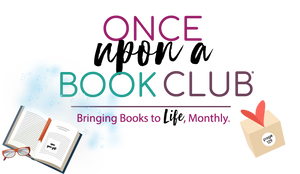
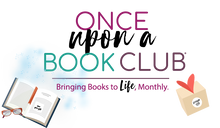









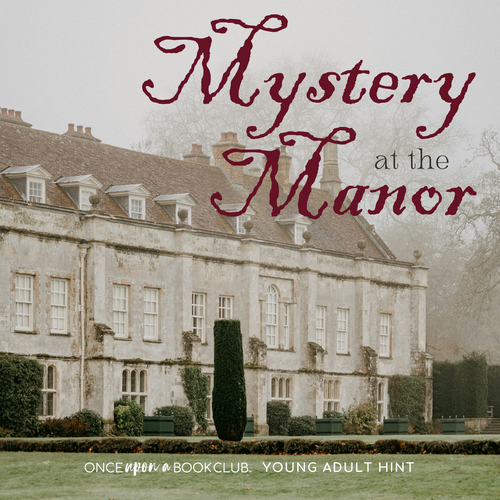
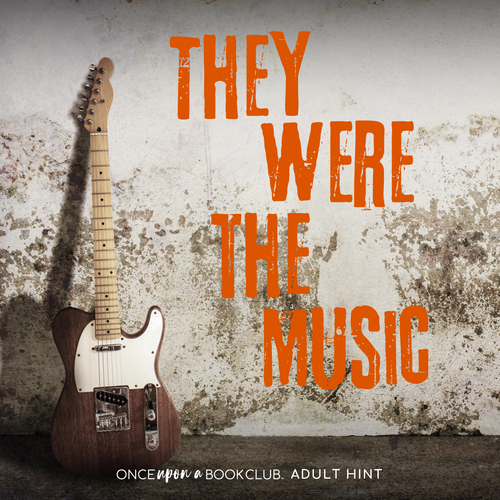
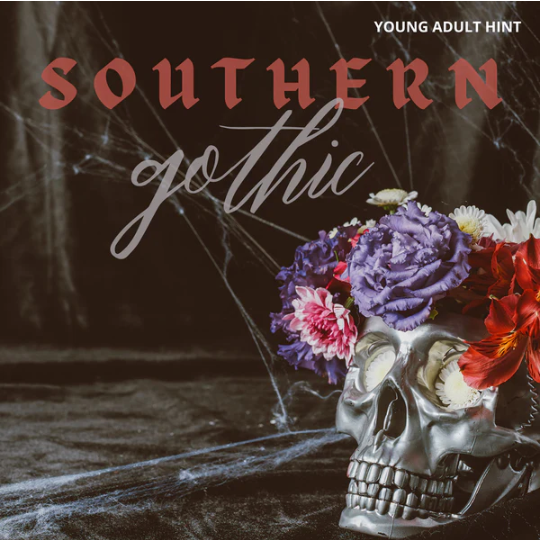
Leave a comment